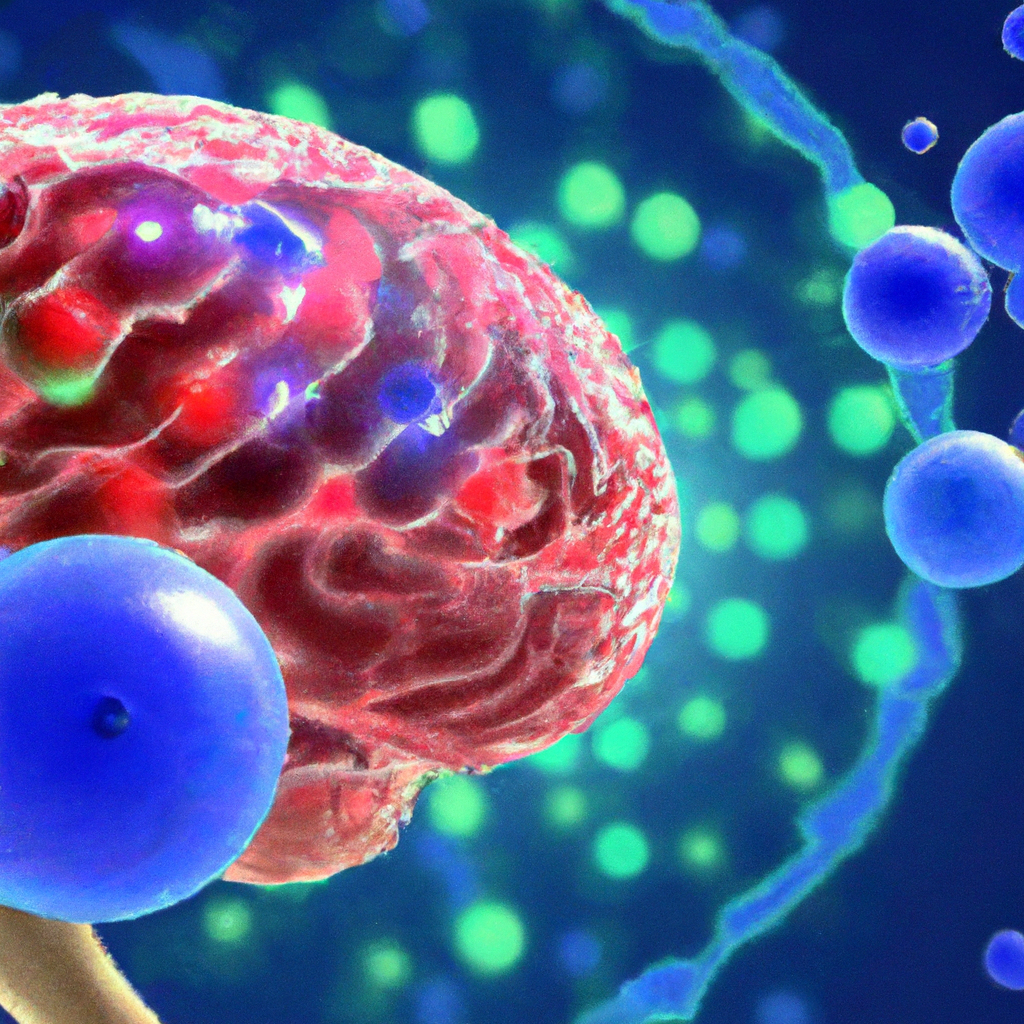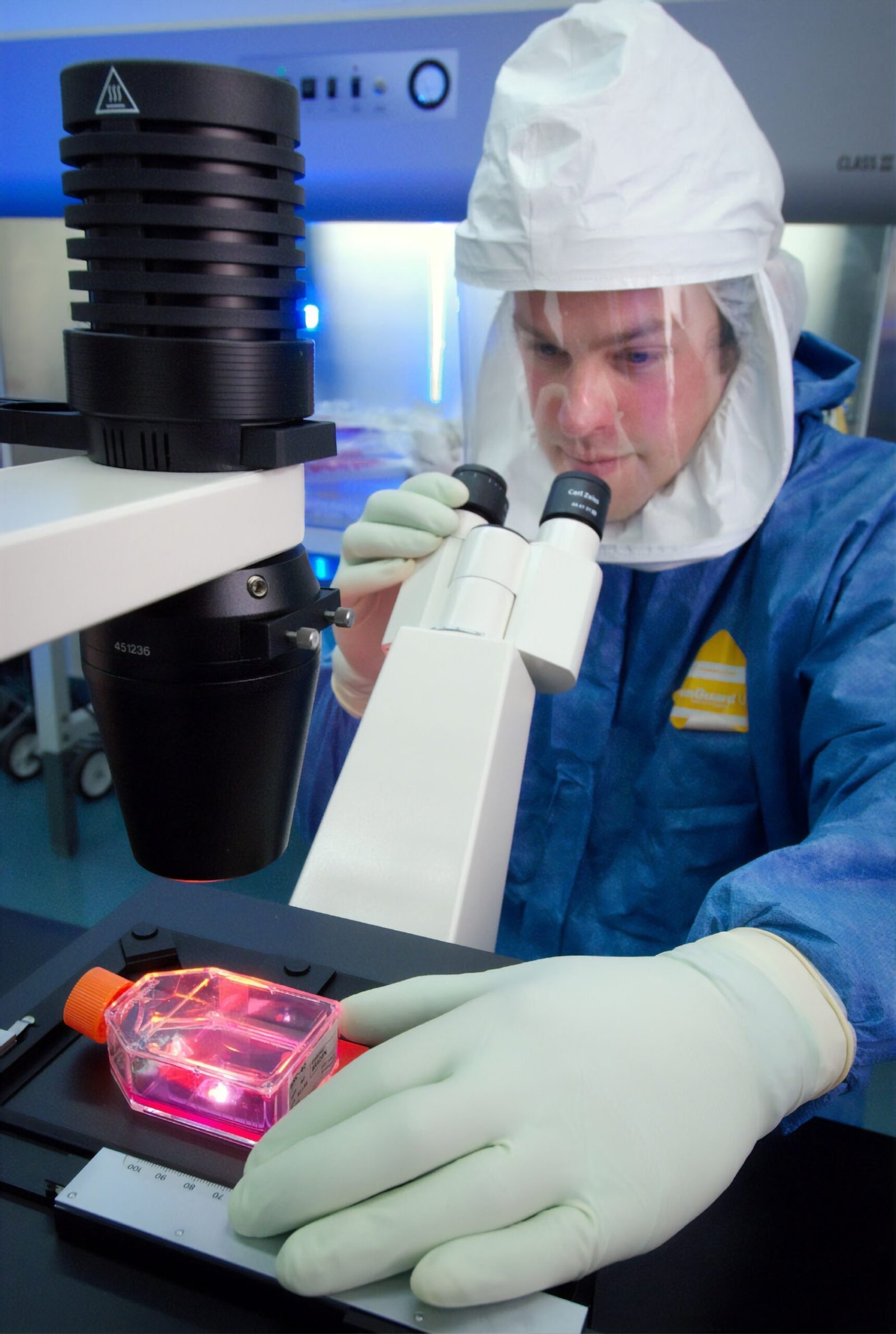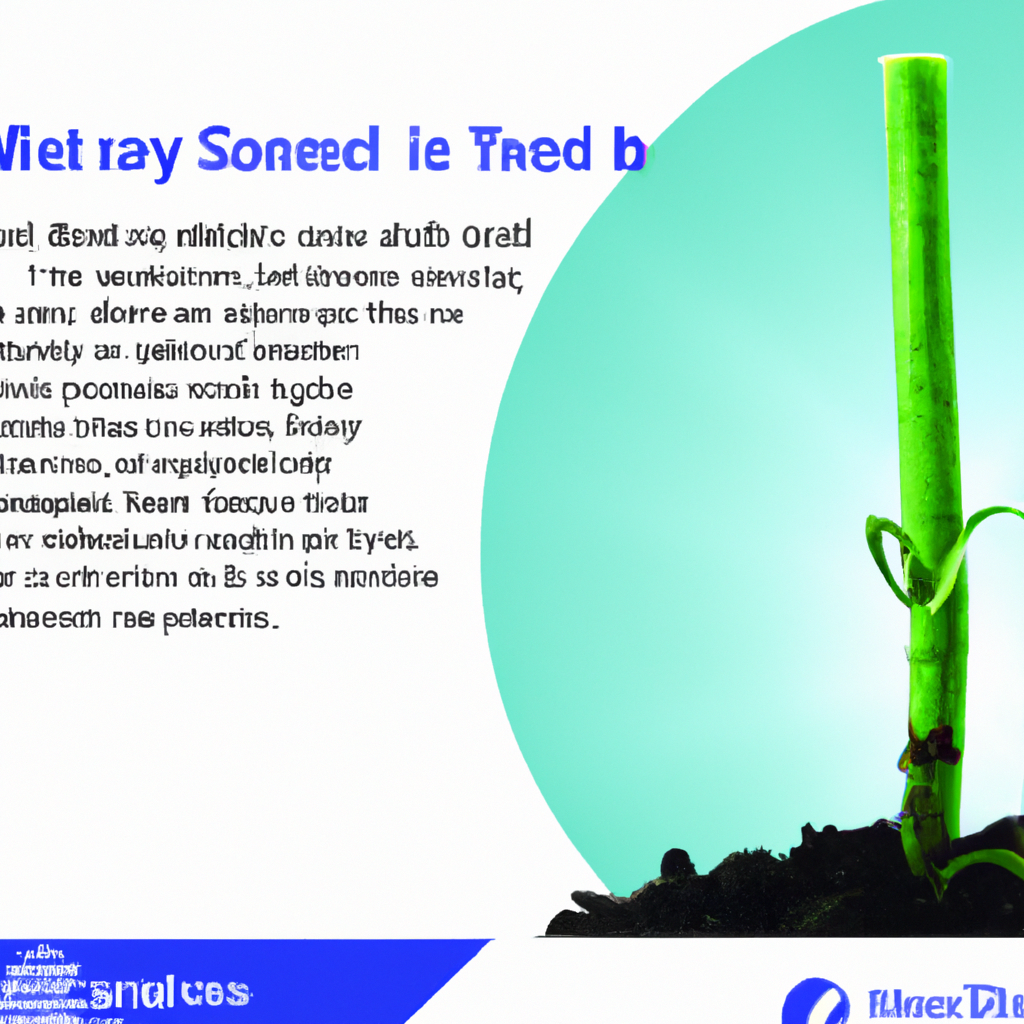You may be wondering about the potential use of stem cells in treating neurodegenerative diseases in Malaysia. This article aims to explore this fascinating topic, providing you with a comprehensive understanding of current research and developments in the field. Through an in-depth exploration of stem cell research, we will shed light on the possibilities and limitations of utilizing stem cells to combat neurodegenerative diseases. Join us on this journey as we delve into the exciting world of stem cells and their potential to transform the landscape of neurodegenerative disease treatment in Malaysia.

Understanding Neurodegenerative Diseases
Neurodegenerative diseases are a group of disorders that primarily affect the neurons in the brain. These diseases progressively degenerate and adversely impact an individual’s cognitive functions, motor skills, and overall quality of life. The exact causes of neurodegenerative diseases are often complex and multifactorial, involving both genetic and environmental factors.
Definition of Neurodegenerative Diseases
Neurodegenerative diseases refer to a broad class of conditions characterized by the gradual loss of structure or function of neurons, leading to the impairment of neurological functions. Common examples include Alzheimer’s disease, Parkinson’s disease, Huntington’s disease, and Amyotrophic Lateral Sclerosis (ALS). These diseases typically result in the progressive loss of memory, movement, coordination, and other essential functions, leading to significant disability and a reduced lifespan.
Common Neurodegenerative Diseases
Among the various neurodegenerative diseases, a few are particularly prevalent in Malaysia:
-
Alzheimer’s Disease: This is the most common form of dementia, characterized by a progressive decline in cognitive functions, memory loss, and behavioral changes.
-
Parkinson’s Disease: A degenerative disorder that affects movement, Parkinson’s disease leads to shaking, stiffness, and difficulty with balance and coordination.
-
Huntington’s Disease: An inherited condition that causes the progressive breakdown of nerve cells in the brain, resulting in uncontrolled movements, cognitive decline, and psychiatric symptoms.
-
Amyotrophic Lateral Sclerosis (ALS): Also known as Lou Gehrig’s disease, ALS is a motor neuron disease that causes the degeneration of motor neurons, leading to muscle weakness, paralysis, and eventually respiratory failure.
Prevalence of Neurodegenerative Diseases in Malaysia
Neurodegenerative diseases pose a significant health burden in Malaysia, primarily due to the aging population. According to statistics, the prevalence of neurodegenerative diseases is increasing, and they are projected to become a major public health concern in the coming years.
Alzheimer’s disease, in particular, has seen a notable rise in prevalence, with an estimated 150,000 Malaysians currently living with the condition. Parkinson’s disease and other neurodegenerative disorders also contribute to the overall burden of neurological diseases in the country. The increasing prevalence of these conditions highlights the urgent need for effective treatment strategies and interventions.
What are Stem Cells?
Stem cells are unique cells that possess the remarkable ability to develop into various specialized cell types in the body. They serve as a foundation for the body’s growth, repair, and regeneration processes throughout life. Unlike other cells in the body, stem cells are capable of self-renewal and can divide extensively to form new cells.
Definition of Stem Cells
Stem cells are undifferentiated cells that have the potential to differentiate into specialized cell types and regenerate damaged tissues or organs. They are characterized by their ability to renew themselves through cell division and differentiate into various cell lineages, including neurons, muscle cells, blood cells, and more.
Types of Stem Cells
There are different types of stem cells, each with varying differentiation potential and origin:
-
Embryonic Stem Cells (ESCs): Derived from embryos during the blastocyst stage, these pluripotent stem cells have the potential to differentiate into all cell types in the body. Their use in research and therapeutics is highly regulated due to ethical considerations.
-
Adult Stem Cells: Also known as somatic or tissue-specific stem cells, these stem cells are present in adult tissues and play a vital role in tissue maintenance and repair. They are relatively restricted in their differentiation potential compared to embryonic stem cells.
-
Induced Pluripotent Stem Cells (iPSCs): These stem cells are artificially derived from adult cells, such as skin cells, through reprogramming techniques. iPSCs have characteristics similar to embryonic stem cells, providing a valuable alternative for potential therapeutic applications.
Properties and Characteristics of Stem Cells
Stem cells possess several key properties that distinguish them from other cells:
-
Self-Renewal: Stem cells have the ability to divide and produce identical copies of themselves, allowing them to replenish their population.
-
Differentiation Potential: Stem cells can differentiate into specialized cell types, giving rise to various tissues and organs.
-
Plasticity: Some stem cells exhibit plasticity, enabling them to differentiate into cell types beyond their tissue of origin. This property has significant implications for regenerative medicine.
-
Immortality: Stem cells can undergo numerous divisions without losing their functionality, ensuring a long-term source of cells for therapeutic purposes.
Understanding these properties and characteristics of stem cells is crucial for exploring their potential in treating neurodegenerative diseases.
Potential of Stem Cells in Treating Neurodegenerative Diseases
The field of stem cell therapy holds great promise for the treatment of neurodegenerative diseases. Stem cells offer the potential to replace or repair damaged neurons, restore lost functions, and halt disease progression.
Review of Stem Cell Therapy
Stem cell therapy involves the use of stem cells to replace or repair damaged cells and tissues in the body. In the context of neurodegenerative diseases, researchers and clinicians have been exploring the use of stem cells to regenerate neurons and restore neural function.
Mechanism of Action in Neurodegenerative Diseases
The potential mechanisms through which stem cell therapy may benefit individuals with neurodegenerative diseases include:
-
Neural Differentiation: Stem cells can differentiate into neural cells, including neurons and glial cells, which can replace damaged or lost cells.
-
Neuroprotection: Stem cells release various bioactive molecules that can protect neurons from further damage and promote their survival.
-
Modulation of Inflammation: Stem cells possess immunomodulatory properties that can modulate the neuroinflammatory response associated with neurodegenerative diseases, potentially slowing down disease progression.
-
Trophic Support: Stem cells release trophic factors that promote the growth, survival, and function of existing neurons, providing an environment conducive to neural repair.
While the mechanisms of action are still being investigated, these potential benefits highlight the therapeutic potential of stem cells for neurodegenerative diseases.
Challenges in Implementing Stem Cell Therapy
Despite the promising potential of stem cell therapy, several challenges need to be addressed before it can be widely implemented for neurodegenerative diseases. These challenges include:
-
Safety and Efficacy: Ensuring the safety and effectiveness of stem cell therapy is crucial. Comprehensive preclinical and clinical studies are needed to establish the optimal sources of stem cells, dosage, delivery methods, and long-term outcomes.
-
Ethical Considerations: The use of certain types of stem cells, such as embryonic stem cells, raises ethical concerns. The development of alternative stem cell sources, such as iPSCs, has helped address some of these concerns.
-
Standardization and Regulation: Consistent standards and regulations are necessary to ensure the quality, reproducibility, and safety of stem cell products. Regulatory frameworks must be established to govern their development, manufacturing, and distribution.
-
Cost and Accessibility: Stem cell therapy can be expensive, making it inaccessible for many individuals. Addressing cost barriers and ensuring equitable access to therapy is essential for its widespread implementation.
Overcoming these challenges requires continued research, collaboration, and regulatory frameworks that prioritize patient safety and ethical considerations.
Current Research and Clinical Trials in Malaysia
Malaysia has been actively involved in stem cell research and clinical trials for neurodegenerative diseases. Researchers and medical institutions in the country are dedicated to exploring the potential of stem cells in providing effective treatment options.
Overview of Stem Cell Research in Malaysia
Malaysia has made significant strides in stem cell research, with researchers investigating various aspects of stem cell biology, differentiation, and therapeutic applications. Studies are focused on understanding the mechanisms underlying neurodegenerative diseases and exploring how stem cells can be utilized for neural repair and regeneration.
Clinical Trials for Neurodegenerative Diseases
Clinical trials are at the forefront of stem cell research in Malaysia, aiming to assess the safety, effectiveness, and feasibility of stem cell therapies for neurodegenerative diseases. These trials involve the administration of stem cells to patients and closely monitoring their response, potential side effects, and long-term outcomes.
Success Stories and Promising Results
While extensive clinical data is still being collected, some success stories and promising results have emerged from ongoing stem cell research and clinical trials in Malaysia. These stories highlight the potential of stem cell therapy in improving the quality of life and slowing disease progression for individuals living with neurodegenerative diseases.
Continued research and clinical trials are essential to build the evidence base and validate the potential benefits of stem cell therapy in treating neurodegenerative diseases.

Regulatory Framework and Ethical Considerations
The field of stem cell research and therapy requires clear regulatory frameworks and ethical guidelines to ensure responsible and safe practices.
Regulation of Stem Cell Research in Malaysia
Stem cell research in Malaysia is governed by various regulatory bodies, including the Ministry of Health, National Committee for Stem Cell Research, and institutional ethics committees. These regulatory bodies aim to ensure compliance with ethical guidelines, safety standards, and the use of ethically sourced stem cells.
Ethical Guidelines and Oversight
Ethical guidelines play a crucial role in guiding stem cell research and therapy practices. These guidelines emphasize the principles of informed consent, prioritizing patient safety, protection of research participants, and the responsible use of stem cells.
In addition to regulatory oversight, research institutions and medical professionals adhere to established ethical standards, ensuring the rigorous and ethical conduct of stem cell research and clinical trials.
Importance of Responsible and Safe Stem Cell Practices
Responsible and safe stem cell practices are paramount to safeguarding the interests of patients and ensuring the validity of research outcomes. Adherence to ethical guidelines, regulatory oversight, and a commitment to patient safety are fundamental in harnessing the potential of stem cells for neurodegenerative disease treatment.
Case Studies and Patient Experiences
Documented cases of stem cell treatment for neurodegenerative diseases provide valuable insights into the impact of therapy on patients’ lives.
Documented Cases of Stem Cell Treatment
Several individuals in Malaysia have undergone stem cell treatment for neurodegenerative diseases, such as Alzheimer’s disease, Parkinson’s disease, and ALS. These cases involve the administration of stem cells through various routes, including intravenous infusion or direct injection into affected regions.
Impact on Quality of Life
Stem cell therapy has shown promise in improving the quality of life for individuals with neurodegenerative diseases. Patients have reported improvements in cognitive function, motor skills, mood, and overall well-being following stem cell treatment.
Testimonials from Patients and Caregivers
Testimonials from patients and caregivers provide firsthand accounts of the positive effects of stem cell therapy. These testimonials highlight the potential benefits, but it’s important to note that individual experiences may vary, and further research is needed to establish the efficacy of stem cell therapies.
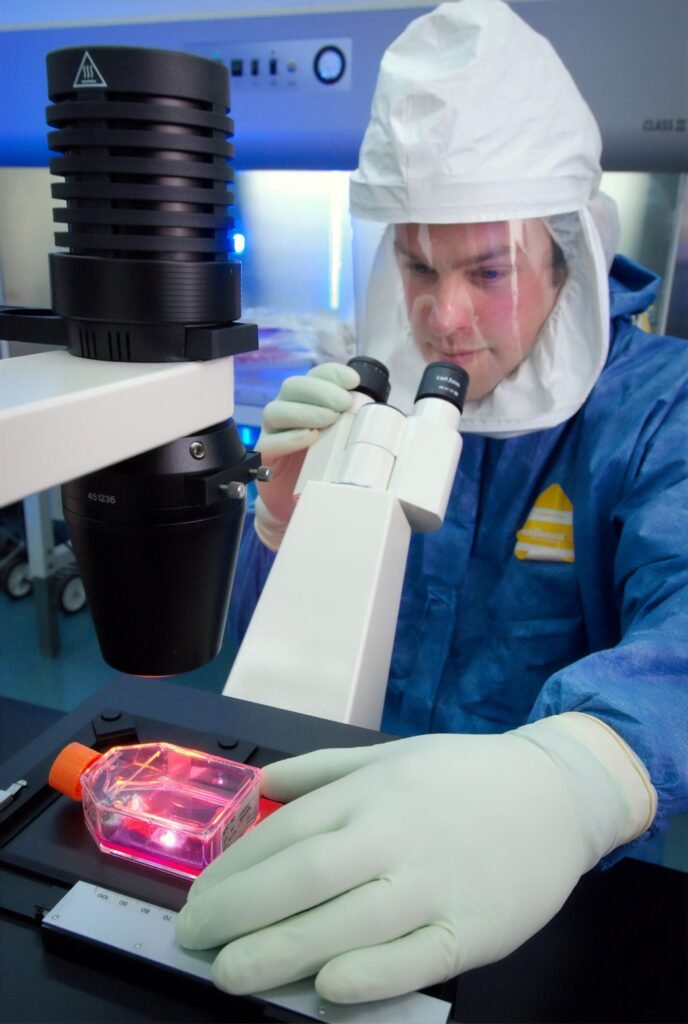
Collaborations and Partnerships
Collaborations, partnerships, and international cooperation play a crucial role in advancing stem cell research and therapy.
International Collaborations in Stem Cell Research
Malaysia actively participates in international collaborations, fostering knowledge exchange, sharing resources, and promoting research collaboration in the field of stem cell research. These collaborations contribute to the development of robust research methodologies, validation of findings, and the establishment of global standards.
Government Initiatives to Promote Collaboration
The Malaysian government recognizes the importance of collaboration in advancing stem cell research. Initiatives are in place to support partnerships between research institutions, healthcare providers, and industry stakeholders. These initiatives facilitate the exchange of expertise, resources, and funding, thereby accelerating progress in the field.
Industry-Academia Partnerships in Malaysia
Partnerships between academia and the industry are vital for translating stem cell research into clinical applications. Collaborations between researchers, biotechnology companies, and healthcare providers in Malaysia are driving the translation of scientific discoveries into innovative therapies, ensuring that stem cell treatments reach patients in need.
Future Prospects and Limitations
The future of stem cell therapy for neurodegenerative diseases in Malaysia holds great potential but also faces certain limitations.
Potential Applications of Stem Cells in Malaysia
Stem cells have the potential to transform the treatment landscape for neurodegenerative diseases in Malaysia. Continued research and innovation could lead to the development of targeted therapies, personalized medicine approaches, and advancements in regenerative medicine techniques. Stem cell-based interventions may not only improve symptoms but also halt or slow disease progression.
Technological Advancements and Innovations
Technological advancements, such as gene editing techniques and tissue engineering, offer new possibilities for stem cell research and therapy. These advancements enable more precise manipulation of stem cells and their surrounding microenvironment, enhancing their therapeutic potential.
Addressing Limitations and Further Research
Despite the progress made, stem cell therapy still faces limitations that need to be addressed. Factors such as optimal dosing, long-term safety and efficacy, scalability, and delivery methods require further research and development. Additionally, the ethical considerations surrounding the use of certain stem cell sources necessitate ongoing ethical discourse.
Addressing these limitations through rigorous research, regulatory oversight, and industry collaboration will pave the way for improved stem cell therapies for neurodegenerative diseases in Malaysia.
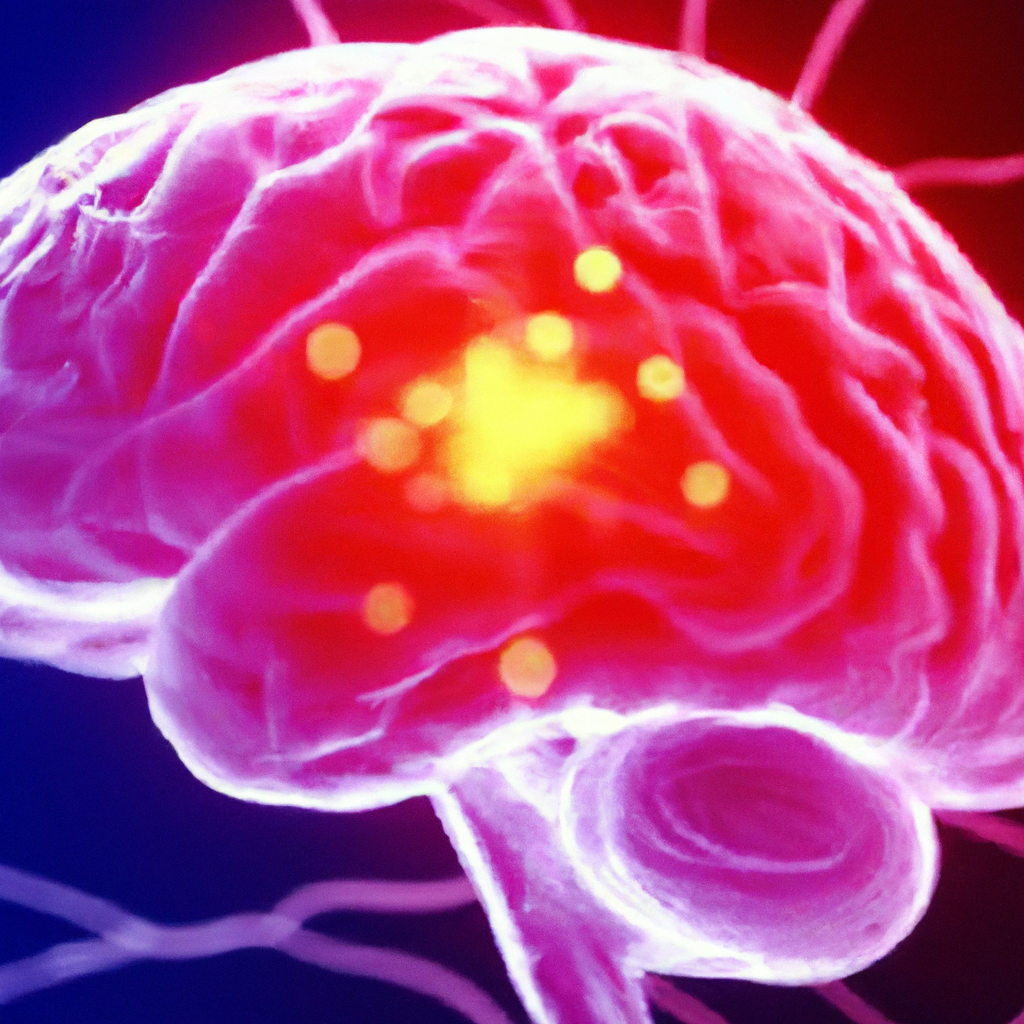
Cost and Accessibility of Stem Cell Therapies
The cost and accessibility of stem cell therapies are crucial factors that influence their widespread use and availability.
Affordability and Pricing
Stem cell therapies can be expensive due to the complex manufacturing processes, quality control, and specialized expertise involved. The costs associated with stem cell therapy include the acquisition of stem cells, laboratory processing, clinical procedures, and follow-up care. The pricing of stem cell therapies needs to be reasonable and affordable to ensure accessibility for patients.
Availability of Stem Cell Therapies
The availability of stem cell therapies in Malaysia is influenced by several factors, including regulatory approval, healthcare infrastructure, and the expertise of medical professionals. Ensuring a robust supply chain, appropriate infrastructure, and trained healthcare providers are essential to expand the availability of stem cell therapies.
Insurance Coverage and Government Support
Insurance coverage for stem cell therapies and government support for patients play a crucial role in ensuring affordability and accessibility. Government initiatives to provide financial assistance or insurance coverage could alleviate the financial burden on patients and promote equitable access to stem cell therapies.
Conclusion
In conclusion, stem cell therapy offers significant potential for the treatment of neurodegenerative diseases in Malaysia. With an increasing burden of these disorders and advancements in stem cell research, there is hope for improved outcomes and quality of life for patients.
Understanding the properties and potential of stem cells, along with the current research and clinical trials in Malaysia, provides valuable insights into the progress being made. However, challenges in implementation, regulatory frameworks, ethical considerations, and cost and accessibility factors must be addressed to ensure safe and effective stem cell therapies reach those in need.
Through continued collaboration, research, and partnerships, Malaysia can further advance stem cell research and therapy, leading to innovative treatments and a brighter future for individuals living with neurodegenerative diseases.
